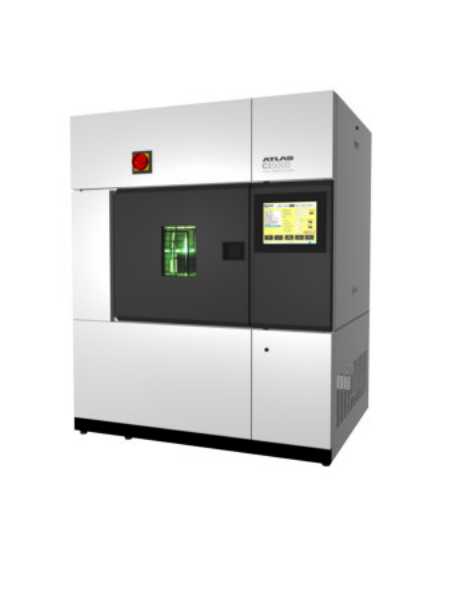
NewsInformation Center
Water-cooled xenon lamp aging test chamber with broadband and narrowband irradia
2023/01/09
The water-cooled xenon lamp aging test chamber is developed and manufactured by Standard International Group (HK) Limited, offering high value for money and full after-sales service. What are the differences between wide band and narrow band irradiation settings for xenon lamp ageing tests, according to our engineers? For xenon lamp ageing and UV accelerated ageing tests, radiation setting values that do not reflect a specific wavelength or wavelength range do not fully reflect this information. xenon lamp ageing test chambers set radiation in two ways.
Narrow band radiation is set to 340nm and 420nm, representing a 1nm band range, depending on the individual wavelength value (e.g. approximately 340nm) each ? nm). Narrow band irradiance is used as watts per nanometre per square metre. This is usually written as W/(m2*nm) W/m2/nm, or W*m-2?nm-1.

The broad-band irradiance setting (often referred to as "TUV" or "totalUV") is the integral of the wavelength of the radiation over the entire wavelength range, e.g. 300-400nm (laboratory accelerated) or 295-385nm (outdoor). Therefore, broad-band irradiance values are usually much greater than narrow-band radiation values. Broad-band irradiance can be written as W/m2 or W? in "per square metre". m-2.
For the same radiation, ultraviolet light is more damaging to the substance! UV light is emitted by using a low-voltage mercury arc to excite a fluorescent substance. The light source is capable of producing a continuous spectrum over a narrow range of wavelengths, usually with only one wave peak. The UV artificial climate ageing test is poorly simulated but well accelerated.
The xenon lamp aging test chamber aging test is currently considered to be a better experimental method for simulating climatic aging. The xenon arc light source is currently one of the very best imitated light sources. It has long been theoretically concluded that the xenon lamp is superior to other light sources, and that its spectral energy distribution in the ultraviolet and visible regions is close to that of sunlight.
Previous: How to choose the best Insulation Resistance Tester?
N e x t : Interpretation of Sweating Thermal Manikin Skin Preparation Method



